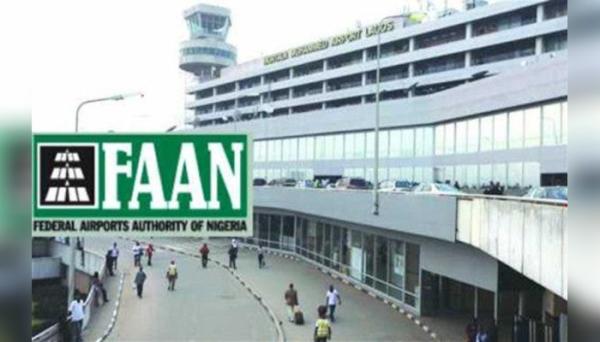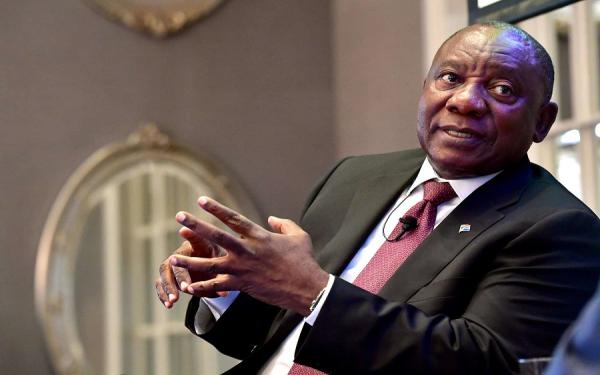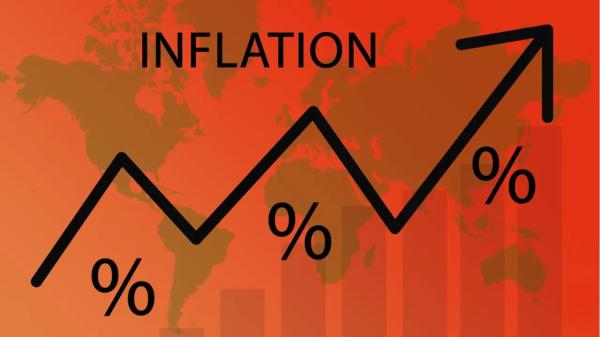
Central bank Governor John Rwangombwa
The National Bank of Rwanda has maintained the Key Repo rate at 5 per cent following the Monetary Policy Committee meeting held on Friday February 7.
The key repo rate is the maximum rate at which commercial banks invest their money with the central bank.
A lower rate means that it’s more profitable for banks to lend to the private sector than invest with the central bank.
The rate was last revised in May 2019 from 5.5 per cent against the background of persistently low inflation of 2018 and early 2019.
The bank’s projections for 2020 are that inflation will remain within the benchmark band, slightly above 5 per cent.
Inflation stood at 6 per cent in the last quarter of 2019 driven by food prices.
Central bank Governor John Rwangombwa (pictured) said that they expect inflation to remain within a manageable threshold despite going above the 5 per cent benchmark.
He said that the only risks in the way of maintaining inflation would be the performance of the agriculture sector and consequently food prices.
He, however, expressed confidence in the mitigation measures being rolled out by government agencies to ensure food price stability.
The Minister for Finance and Economic Planning, Uzziel Ndagijimana, last week told The New Times that there is little chance of food security challenges, the hike of foodstuff prices, despite the unusual rain patterns.
He said an assessment showed there will be good harvest in Season A (happens in January and February) higher than last year.
While admitting that the rains currently being experienced could pose a challenge, Ndagijimana said that there had been investments in improving post-harvest handling, including drying facilities.
This has, among other interventions, seen the introduction of mobile drying facilities which are deployed to key sites across the country.
Other aspects that affect the projections include global prices of oil, the performance of the Chinese exports, and imports.
The central bank also noted that, due to high demand of capital and intermediary goods from a number of big infrastructure projects as well as growth of manufacturing subsector, the import bill rose by 10.6 per cent outweighing the growth of 3.8 per cent.
This led to the depreciation of the Rwandan Franc by 4.9 per cent in 2019.






















